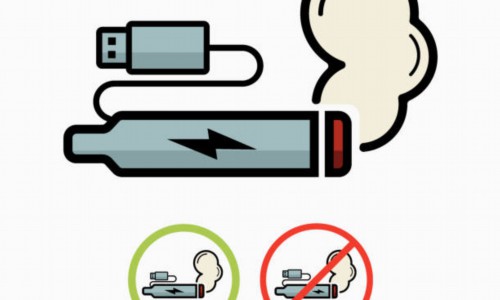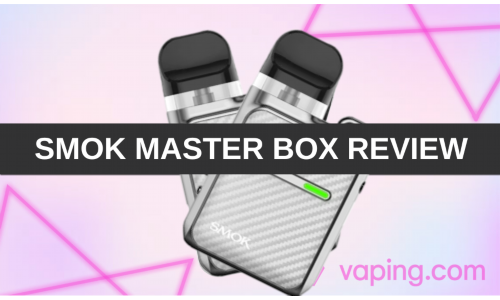
Understanding PG and VG in E-Liquids
Overview of PG and VG in E-Liquids
PG (Propylene Glycol) and VG (Vegetable Glycerin) are two fundamental components in e-liquids that define not only the vaping experience but also the quality and safety of the products. This article delves into the characteristics, advantages, and disadvantages of PG and VG, along with their specifications and user experience, while identifying the target demographic for e-liquid consumers.
Product Introduction and Specifications
E-liquids are typically made up of a combination of PG and VG, which serve as the base ingredients. PG is a colorless, odorless liquid that is widely used in food and pharmaceuticals. It has a lower viscosity than VG, making it more fluid and easier to work with in vape devices. Generally, PG makes up about 30% to 50% of the total mixture. On the other hand, VG is thicker and derived from vegetable oils, lending a subtly sweet taste to the e-liquid. VG is often used in higher percentages for those seeking denser vapor production.
Most e-liquids contain nicotine as well, measured in milligrams per milliliter (mg/ml). Users can choose different nicotine levels based on their personal preferences, typically ranging from 0 mg/ml to 24 mg/ml.
Appearance and Sensation
The appearance of e-liquids can vary significantly based on the chosen flavoring and the proportions of PG and VG. The viscosity of VG often results in a thicker liquid, which can be observed when poured into a tank or clearomizer. The throat hit sensation provided by PG is akin to that of traditional smoking, which appeals to many former smokers.
In contrast, VG offers a smoother and creamier flavor experience, making it a popular choice among users who prioritize taste over throat hit. A well-balanced blend of the two creates an enjoyable and harmonious vaping experience.
Best Flavors
Flavor variety is one of the most captivating aspects of e-liquids. With countless flavor profiles available, ranging from traditional tobacco to exotic fruits, the best flavor depends on personal preferences. Popular fruit flavors such as strawberry and mango are often favored for their refreshing qualities, while dessert blends like vanilla custard and chocolate are cherished for their richness.
Users who appreciate a stronger throat hit often lean towards e-liquids with a higher PG ratio, while those seeking more cloud production usually prefer VG-rich options. Mixing various flavors can also lead to unique and satisfying experiences.
Duration and Battery Life
The duration of e-liquids varies significantly based on consumption habits. A standard 30ml bottle can last anywhere from a few days to a couple of weeks, depending on the frequency of use. Devices with a higher wattage may consume more e-liquid, necessitating more frequent refills.

Battery life in vaping devices is critical for uninterrupted enjoyment. Devices with larger batteries (typically 1500mAh and above) can last a full day under moderate usage. Charging times also vary, with most modern devices capable of achieving full charges within 1-3 hours.
Performance and Usability
The performance of e-liquids is influenced by device compatibility. Sub-ohm tanks designed for higher VG liquids produce dense vapor, while low-resistance coils optimize flavor in PG-based mixtures. It is essential for users to pair their e-liquids with suitable devices to maximize the flavor and vapor production without compromising safety.
Using e-liquids is straightforward. Users should first ensure their devices are clean and free of residual liquids before filling. It is advised to start with lower wattage settings, especially for VG-rich liquids, to prevent dry hits.
Advantages and Disadvantages
The major advantages of PG include excellent flavor delivery and a satisfying throat hit, while VG offers substantial vapor production and a smooth inhale. However, PG may cause sensitivity in some individuals, while VG can lead to gunk buildup and may not work well in all devices.
The common drawbacks include potential health concerns regarding inhalation, with some users reporting irritation from PG. Conversely, high VG liquids often require specialized devices to function optimally.
User Demographic Analysis
The target audience for PG and VG e-liquids consists primarily of adult former smokers, vaping enthusiasts, and those seeking an alternative to traditional nicotine delivery systems. Younger demographics also showcase an interest in exploring flavors and vape culture. Understanding the preferences of these groups helps manufacturers and retailers tailor their products more effectively.
In conclusion, PG and VG play essential roles in shaping the vaping landscape. By understanding their properties and benefits, consumers can make informed decisions that cater to their individual preferences and experiences.


